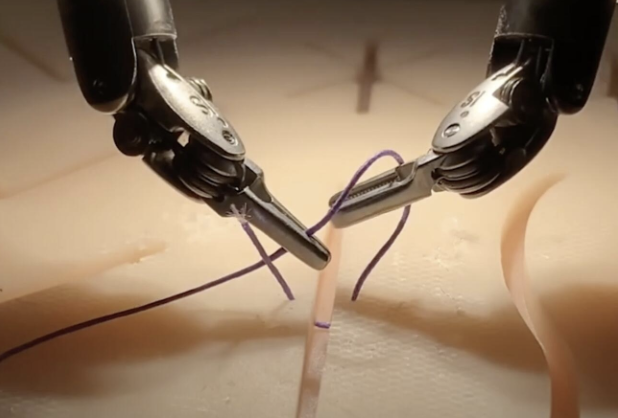The Economics of Originality

Several original works by Picasso, van Gogh, Cezanne and Renoir are worth more than $100 million each and continue to appreciate at a rapid pace. “Salvator Mundi,” a 600-year-old painting by Leonardo da Vinci, sold for $450 million in 2017, making it the highest amount paid for a painting in history. Collectors appreciate the artistry and groundbreaking original works from the masters.
If hundreds of millions is out of your price range, you can commission a stunningly accurate replica of the same work for around $2,500. The modern-day artist will replicate style, texture and paints, creating you an outstanding copy on canvas for 0.0055% of the price. Still out of range? A poster of the work is available in nearly any size on eBay, starting at only $49.95.
Sir Paul McCartney amassed a $1.2-billion fortune by creating original works, and tickets to see him perform live command as much as $1,500 each today. Compare that to the local cover band that performs the same hits for 100 times less — only $15 cover charge with a two-drink minimum. The musicians in the cover band are very talented, practice hard and sound great. Their gig is the same amount of time (or longer) than McCartney’s concert, and they are undoubtedly accomplished.
Knowing that the world craves and pays handsomely for original thought and fresh ideas, why do so many of us spend our days mimicking the work of others? Rather than breaking ground with a bold new product, me-too offerings fill the marketplace. Instead of creating a unique new ad campaign, tired slogans blend together in a sea of sameness.
Copycat solutions abound. Salespeople attempt the same closing techniques as competitors. Website designs follow similar patterns, making them indistinguishable from others. Policies and procedures are enacted by saluting tradition, ultimately restricting freethinking rather than celebrating it. We’re living through an imitator epidemic.
Original work takes creativity and courage, ingredients that each of us possess and can deploy if harnessed. Despite fear or perceived risk, creating imaginative solutions is the only way to break free from mediocrity and seize your full potential. You are here to create, not follow. To forge new paths, not to hide in the shadows of others.
Producing a quality replica takes as much material, skill, and effort as crafting an original, so why follow? No matter your profession, embrace your role as an artist in that field. Your blank canvas awaits. Now go paint your masterpiece.






